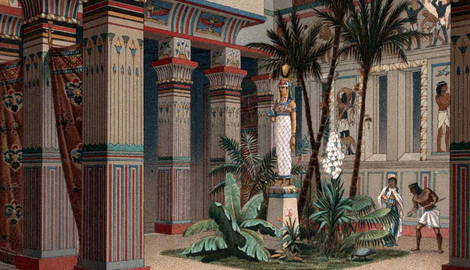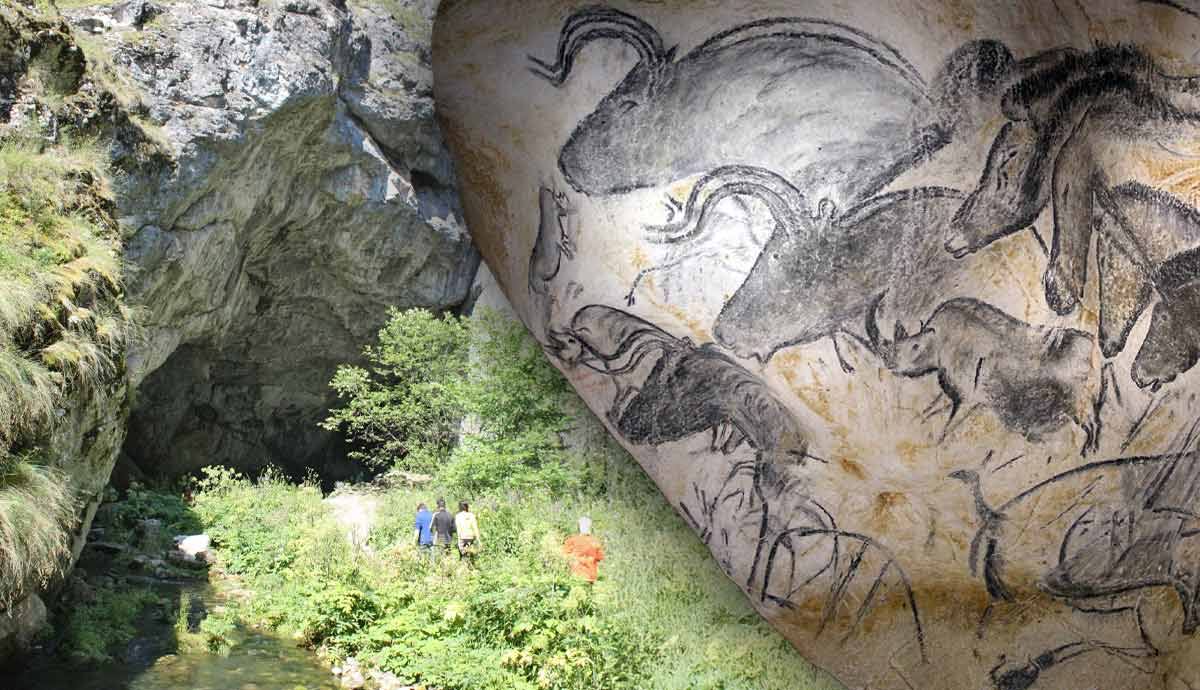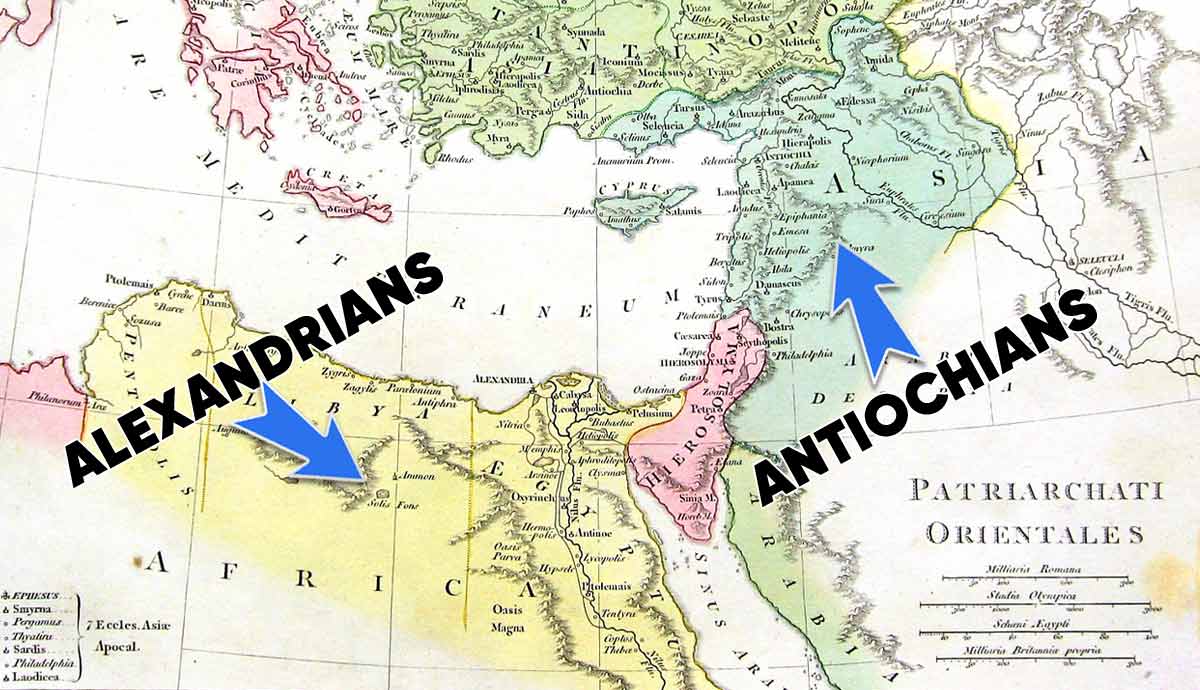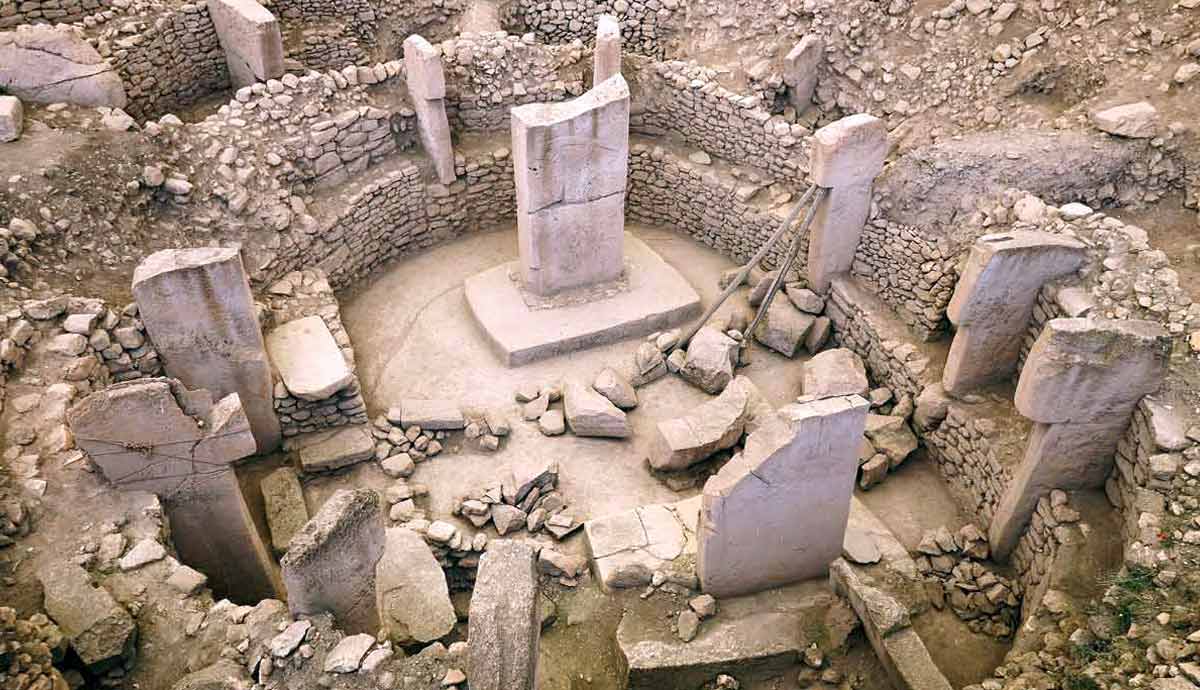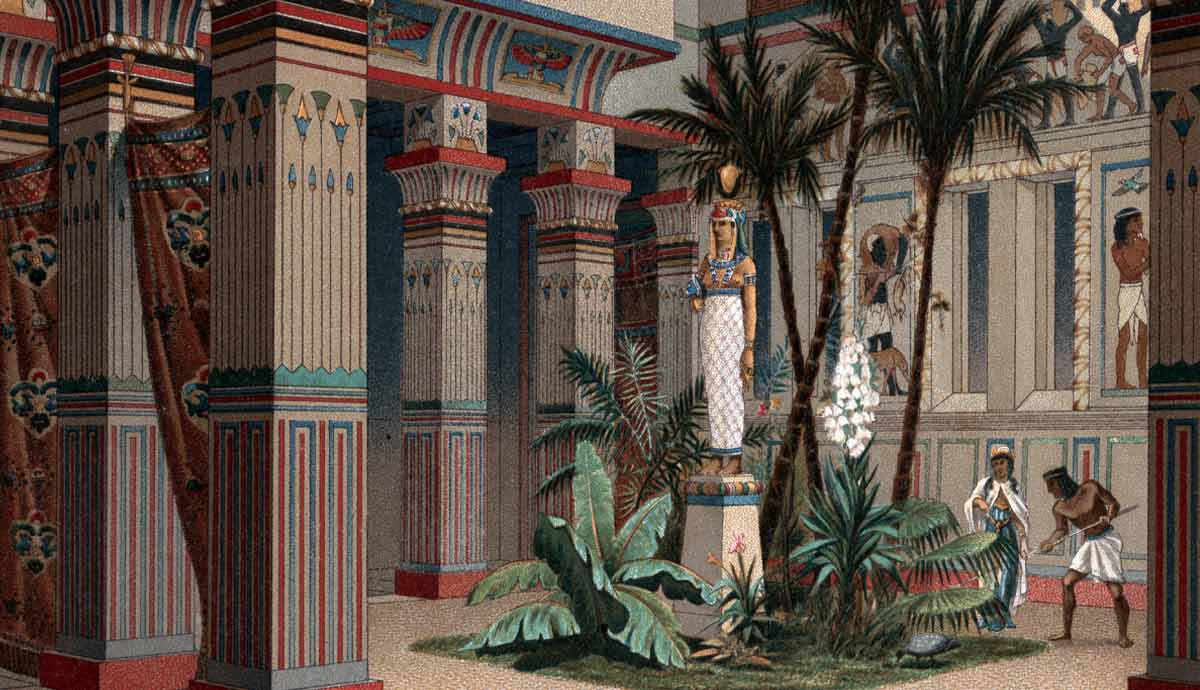
A land of mystery and wonder, ancient Egypt existed as a state for thousands of years. Over the course of its history, dynasties rose and fell, as did political and religious movements. So too did the populations of Egypt’s greatest cities. Through periods of peace and of war, huge urban centers were built, some of which have vanished to dust, while the ruins of others have echoed through the millennia that have followed. Some even evolved into places that are still populated today.
Some of these cities grew to immense size and grandeur, sprawling with houses, workshops, and temples that defined so much of Egyptian society. Here are 5 of the biggest cities (in no particular order) that grew on the banks of the Nile.
1. Memphis: Egypt’s First Capital
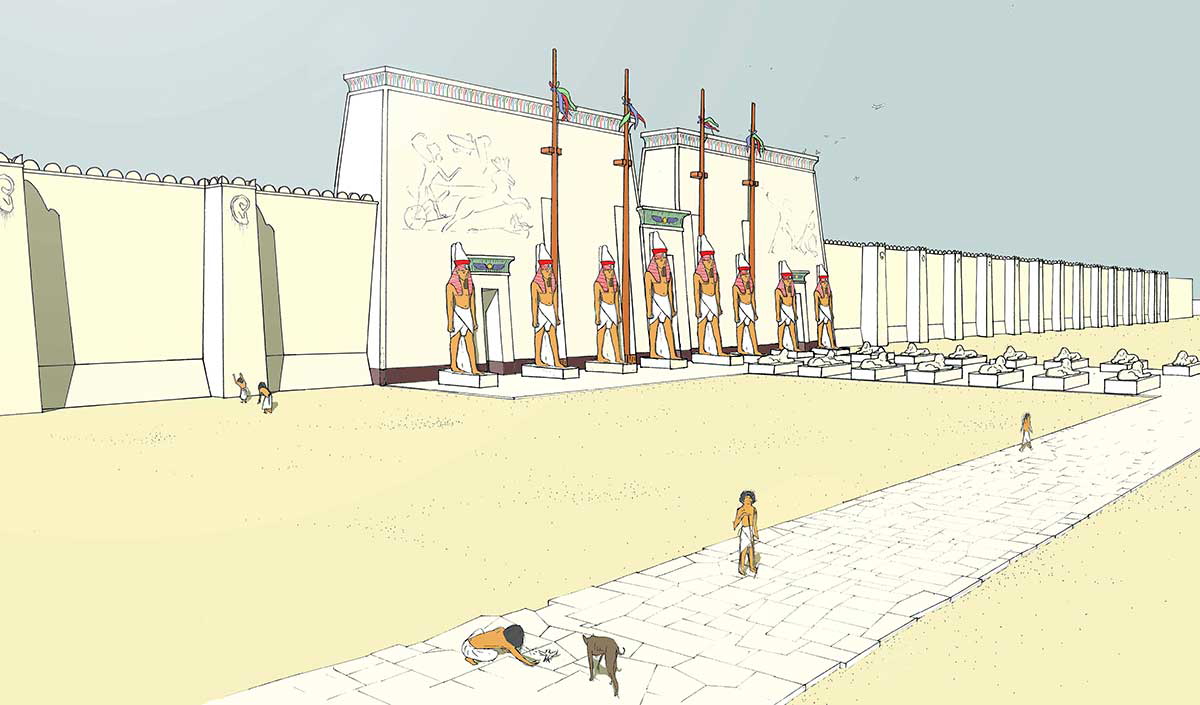
Located in modern-day Mit Rahina, about 12 miles south of Cairo, Memphis was the first capital of ancient Egypt, serving as the seat of power and major religious center for a unified Egypt over the course of six dynasties.
The city is thought to have been established around 3000 BCE, and according to legend, was founded by King Menes (also known as Narmer), who may be a mythical figure in much the same way that Romulus is to Rome, and who is said to have unified the kingdoms of Upper and Lower Egypt.
For around a thousand years, Memphis sat at the center of the Egyptian world. Located on the Nile Delta, the city lent itself to becoming an important and prosperous economic hub in ancient Egyptian society, spreading its influence far and wide. Reaching its peak during the Fourth Dynasty (c. 2613-2494 BCE), Memphis presided over the building of the Great Pyramid of Giza, which is part of the Memphis Necropolis.
Memphis was also an important religious center and was especially linked to the worship of Ptah, who was the god of artisans, and can be considered a creator god. Ptah was said to have created humans.
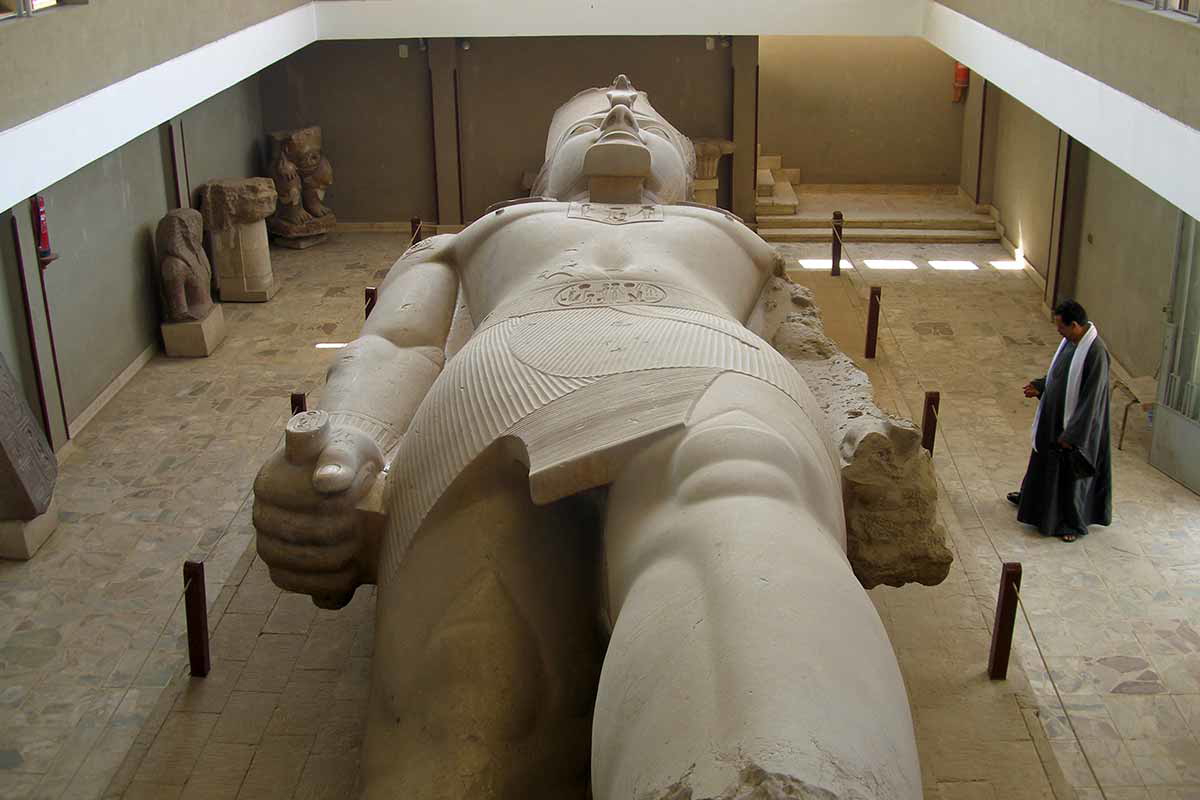
The 5th dynasty (c. 2465 to c. 2325 BCE) presided over what seems to have been a slow decline of the city over the following centuries, in part caused by the rise of the sun cult centered at Heliopolis. By the end of the third millennium BCE, Egypt entered a period of political instability, and Memphis lost influence, although it continued to be an important cultural and religious center throughout the centuries that followed, even after Thebes became the capital at the end of the third millennium BCE, and right up to the Ptolemaic and Roman eras.
Memphis was conquered by the Islamic Arab army in 640 CE, and thereafter went into steep decline until it was eventually abandoned. Among the architectural, religious, cultural, and political achievements associated with the city, perhaps the most incredible thing about Memphis is that it existed as an inhabited city for well over 3,000 years, surviving invasions from the Hyksos, Assyrians, and Persians.
Of course, an accurate population estimate is difficult to ascertain given the age of the city and the timespan through which it existed. The population would have fluctuated significantly throughout the course of history. Historian Tertius Chandler estimated the population to be 30,000, while numbers as small as 6,000 and as high as 100,000 have also been suggested.
2. Thebes (Waset)
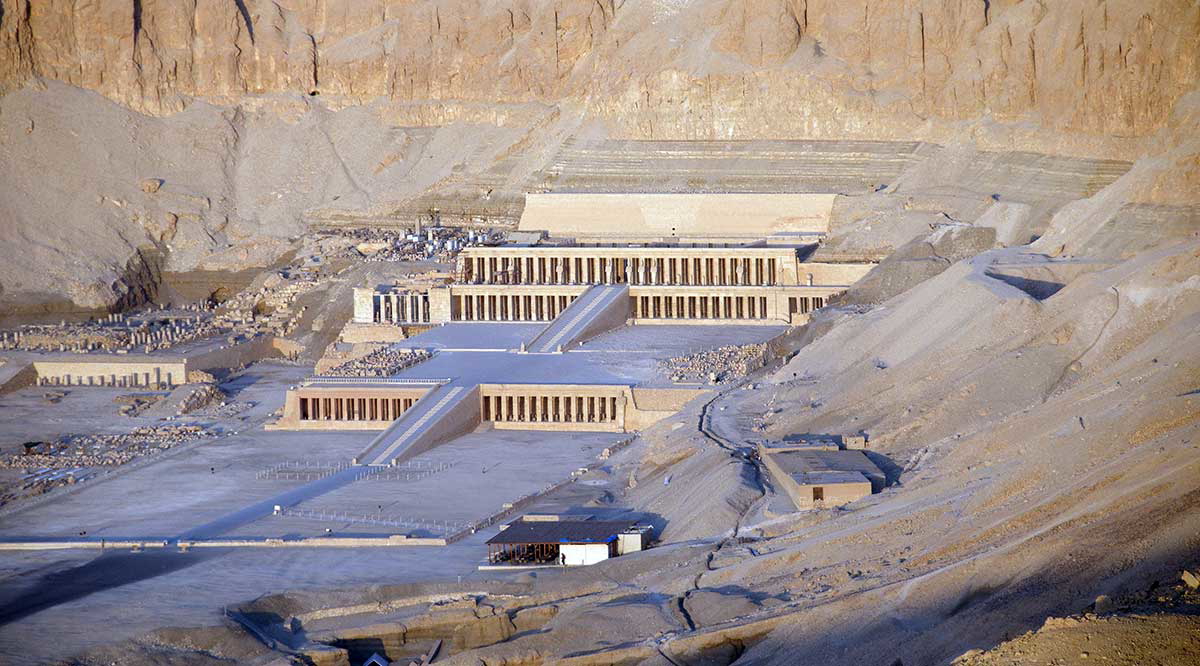
Now part of the modern city of Luxor, situated on the east bank of the Nile in Upper Egypt, Thebes represented a major part of Egyptian Civilization during the Middle and New Kingdom periods.
Thebes was inhabited from around 3200 BCE, but the area was likely inhabited much earlier. While Memphis grew large and became the capital, Thebes’ growth was much slower. It was a small trading post, but still served as the capital of the Waset nome (territorial division of ancient Egypt). At the end of the third millennium BCE and at the beginning of the second millennium BCE, Thebes frequently served as the capital of Egypt.
During the middle of the second millennium BCE, the Hyksos invaded Egypt and seized dynastic power, but they had little control over Thebes, and it was from Thebes that Hyksos power was challenged and eventually overthrown. Afterwards, Thebes entered a period of prosperity. Great palaces and temples were built on both sides of the Nile, and grand
mortuary temples were built on the west bank where the city’s necropolis was located.
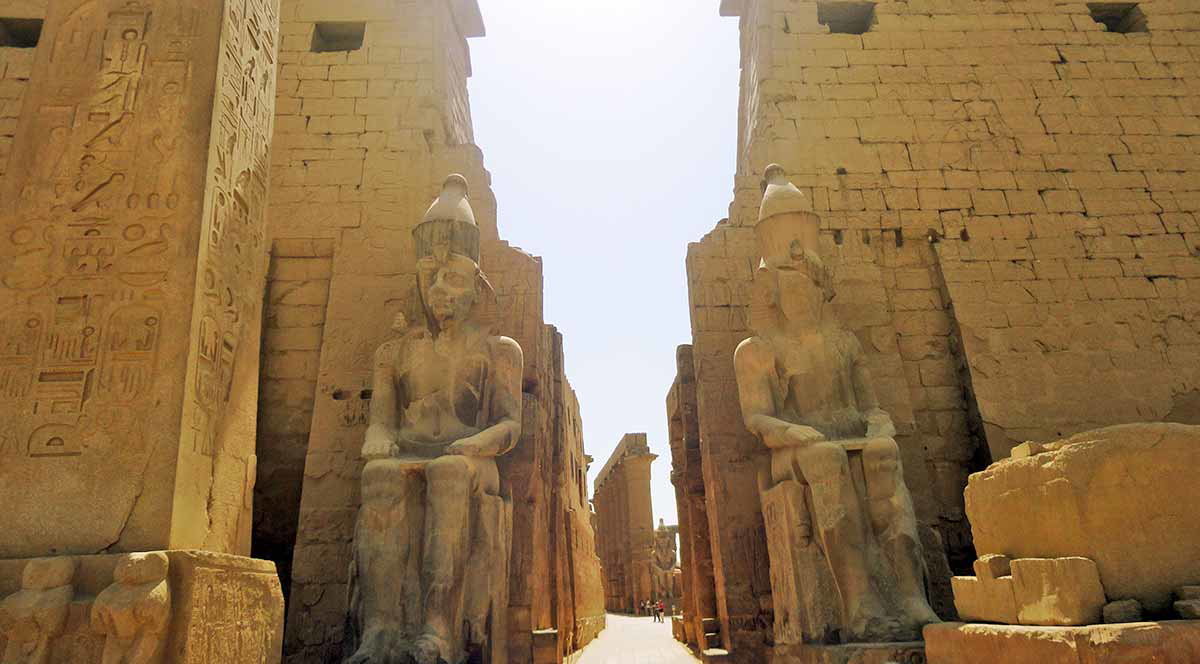
Central to the religious prosperity of Thebes was the worship of Amun, the god of Thebes, who was also associated with fertility and creation. Of note was the Karnak Temple complex, which was built and altered over the course of many centuries, from around 2000 BCE to 100 BCE. As such, the structures showcase the progression in architectural design through much of ancient Egypt’s existence.
In the 14th century BCE, under the rule of Amenhotep III, Thebes reached a peak of prosperity, but subsequently fell into a short period of decline during the reign of his son Akhenaton (1353-36), who proscribed the worship of Amun in favor of Aten at the heart of a new, monotheistic belief. Akhenaten moved the capital to his new city of Akhetaten, now known as Amarna. His son, Tutankhamun, moved the capital back to Memphis, but Thebes continued to prosper and grow. By around 1200 BCE, Thebes reached a population of about 120,000.
Soon after, however, Egypt, and the city of Thebes, entered a period of decline as the city was gripped by scandals of maladministration. Riots became common, and the population of the city dropped significantly as the millennium drew to a close.
In the first millennium BCE, Thebes came under the control of the Kushites, and then the Assyrians, and finally the Romans, and never regained its former status.
3. Alexandria: A Fusion of Culture
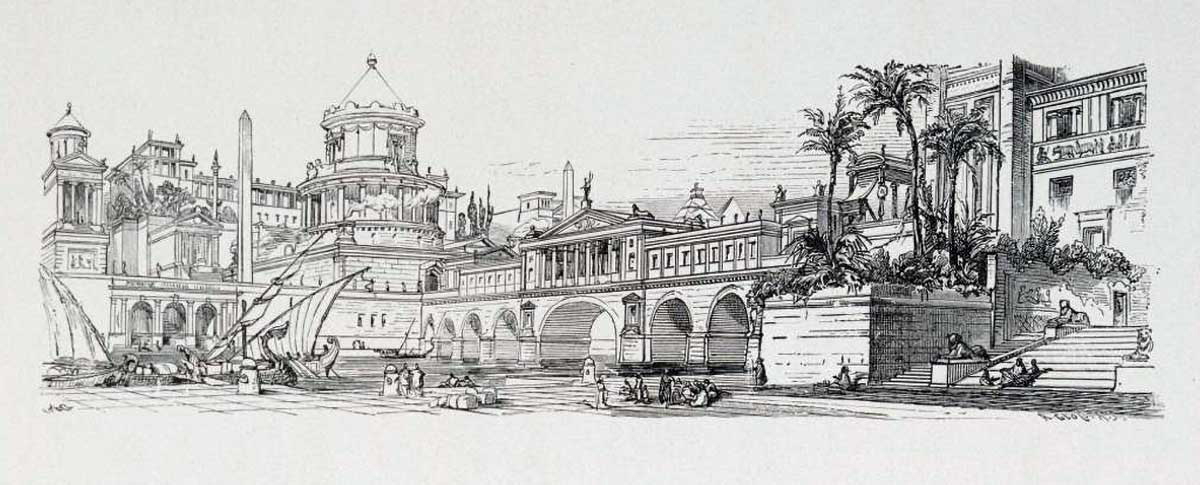
Given the timeframe of the Egyptian civilization, Alexandria can be considered a very young city, despite being founded as long ago as 332 BCE by Alexander the Great, who, obviously, gave the city its name. It was built on and around the ancient settlement of Rhakotis, which had existed on the Mediterranean coast since around 1500 BCE.
Within a century of its founding, during the Ptolemaic Dynasty, Alexandria grew to become one of the most prosperous cities in the Mediterranean. It blended Greek and Egyptian culture, and was home to the famed Library of Alexandria, as well as the Pharos Lighthouse, which was one of the Seven Wonders of the Ancient World.
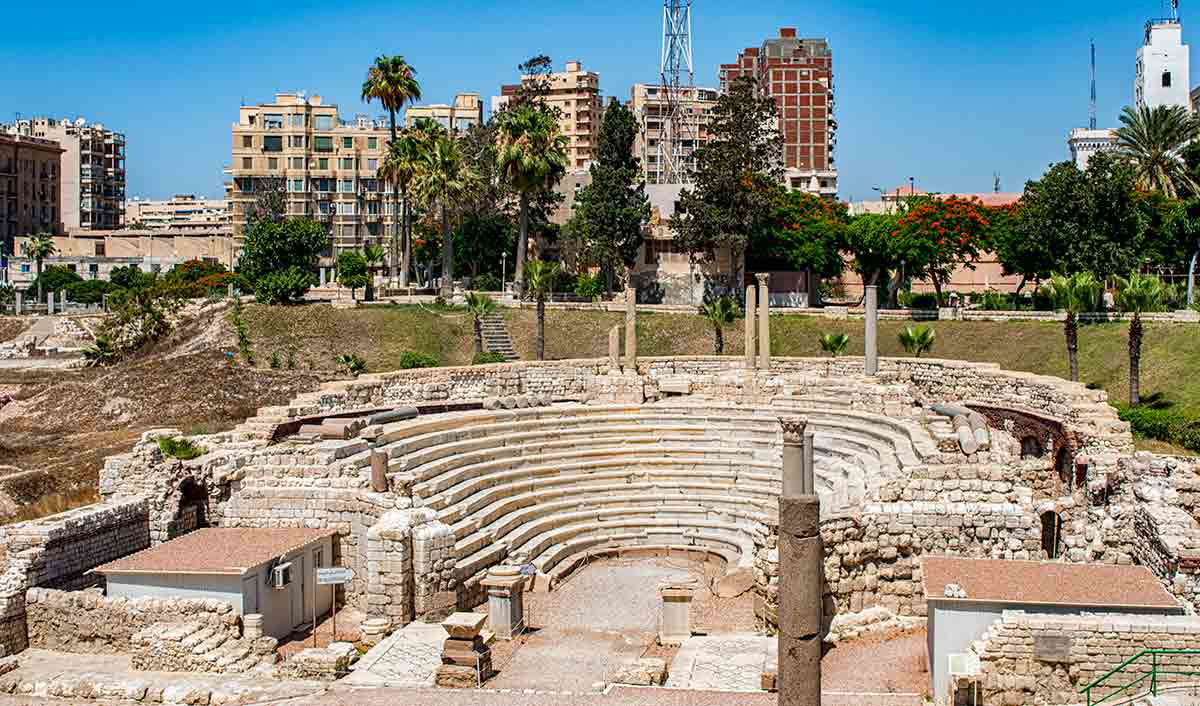
In the 1st century BCE, Alexandria played an important part in the end of the Ptolemaic Dynasty and the transfer of Egypt to Roman rule. Cleopatra courted Julius Caesar there, and is said to have borne him a son before Caesar was assassinated. She tried to restore Ptolemaic power by supporting Marc Antony in the civil war that followed, but Marc Antony’s forces were defeated by Caesar’s great-nephew, Octavian (later Augustus). In 30 BCE, Alexandria and Egypt became part of the Roman Empire, and served as a vital source of grain for Rome.
Alexandria was part of the Byzantine Empire until 641 CE, when it was captured by the Muslim Arabs under the command of Amr ibn al-As. Today, Alexandria is Egypt’s second-biggest city, and has a population of around 5.7 million people. Many of the ancient ruins are still evident in the city, and the archaeological finds are still being made, even off the coast, where sunken ruins continue to provide great interest.
4. Akhetaten / Amarna: Center of a New Religion
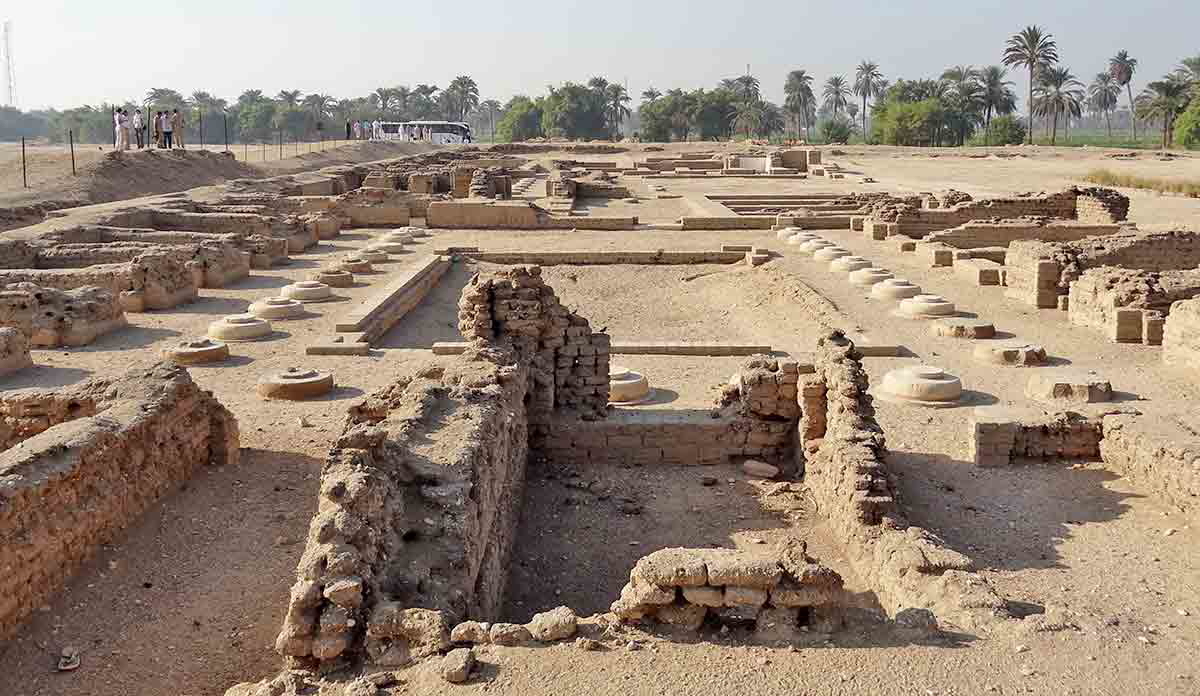
Established in 1346 BC on the orders of Pharaoh Akhenaten, Akhetaten’s growth was rapid. Located on the east bank of the Nile, the site of the ancient city lies roughly halfway between Cairo and Luxor (modern-day Thebes).
It was built with the purpose of being Egypt’s new capital, and the center of a new monotheistic religion revolving around the worship of Aten, the sun disk, a deity representing the life-giving power of the sun. The urgency of the project required quick work, and most of the buildings of the city were constructed out of baked mud-brick.
The religion, however, was short-lived, and the city was abandoned in 1332 after Akhetaten’s son, Tutankhamun, moved much of the governance of Egypt back to Memphis, and restored the religion in Egypt back to its traditional gods. The city lay uninhabited for over a thousand years until the Roman period, when it was re-inhabited under the name of Amarna.
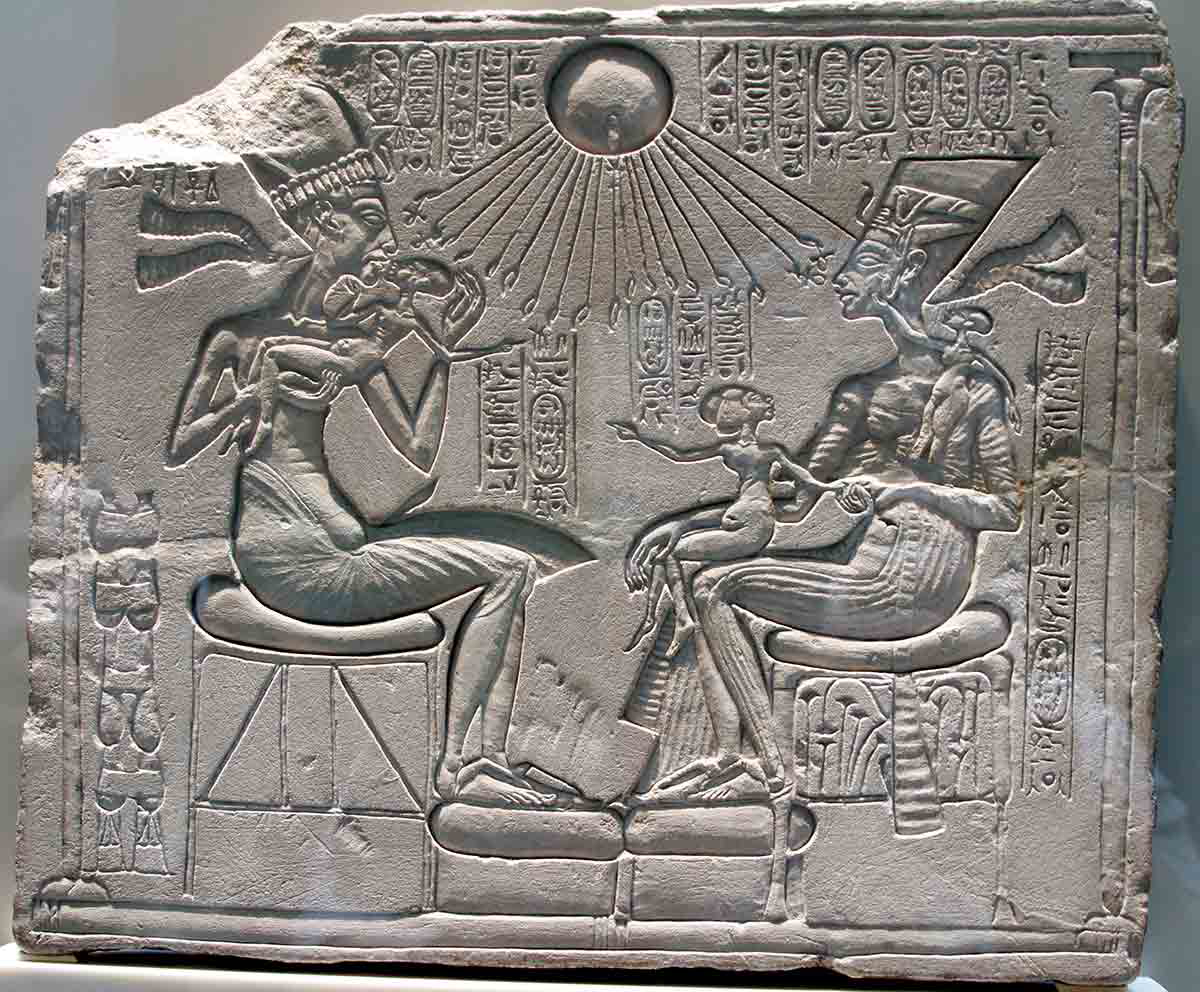
While the period of Akhetaten as capital may have lasted little more than a decade, one of the city’s lasting legacies was its art. The artistic style diverged greatly from traditional depictions of human beings in that people were portrayed in a more lifelike, almost caricaturist form. Elements of this style were incorporated into later Egyptian art.
It is difficult to estimate what the population of Akhetaten was, and estimates vary from 20,000 to as high as 50,000 people. Today, the site is home to several towns near the archaeological ruins, with a total population of around 25,000 people.
5. Pi-Ramesses: A New Capital
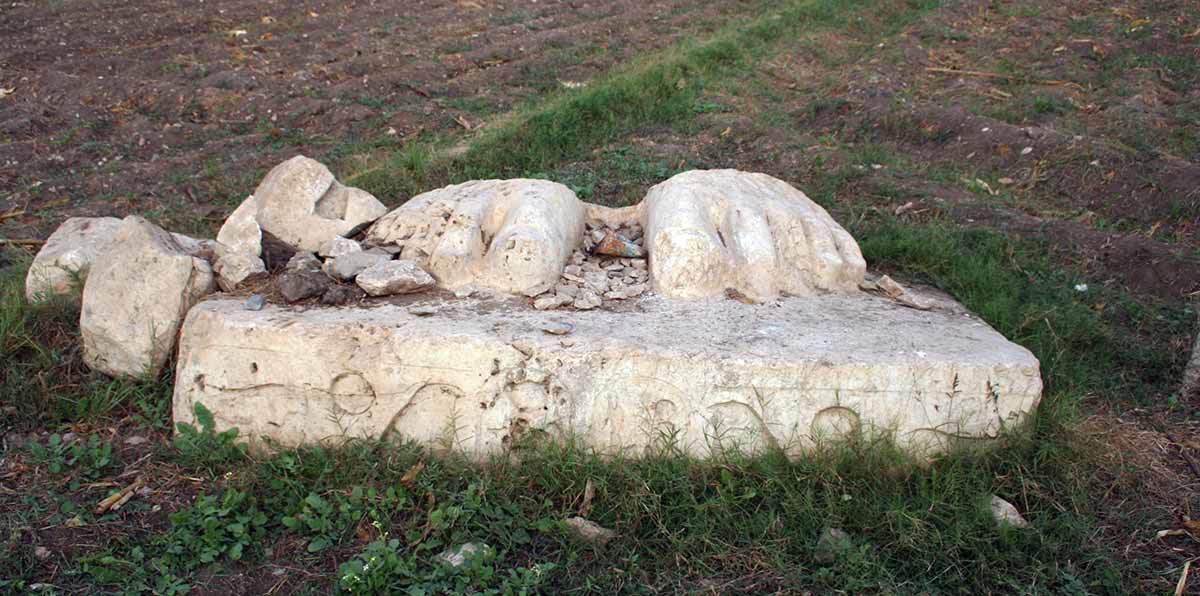
Founded by Ramesses II in the Delta region in the 13th century BCE, and intended to be the new capital, Pi-Ramesses became a massive metropolis and grew to be the home of an estimated 300,000 people. Its close association with the nearby city of Avaris (which served as the capital of the Hyksos rulers) also granted the city prestige, and it was considered the greatest city in Egypt at the time, rivaling that of Thebes to the south.
Pi-Ramesses served as a staging point for Ramesses’ war against the Hittites, and provided many resources for the war effort. The war culminated in the Battle of Kadesh, the site of which is located in modern-day Syria, and which resulted in the first recorded peace treaty. After the war, Ramesses spent his long reign turning Pi-Ramesses into a beautiful city, with opulent palaces and gardens.
The city was built on a number of mounds that turned into islands every year when the Nile flooded. Thus, the city’s roads became canals, which were served by a transport system of boats. Monuments and temples in the city were built to impress, and the city served as a grand gateway to the rest of Egypt.
The ever-changing nature of the Nile River Delta was a major contributor to the demise of Pi-Ramesses. The Pelusiac branch of the river, upon which the city was established, rose in salinity, leaving the residents of Pi-Ramesses with depleted access to fresh water. When the river changed its course, it spelled the end for Pi-Ramesses, and much of the city was physically relocated to Djanet (Tanis), which became the new capital of Lower Egypt.
Today, there is not much left of Pi-Ramesses to see. Much of it was dismantled and its stone used to build the city of Tanis, while what is left resides below the town of Qantir.
